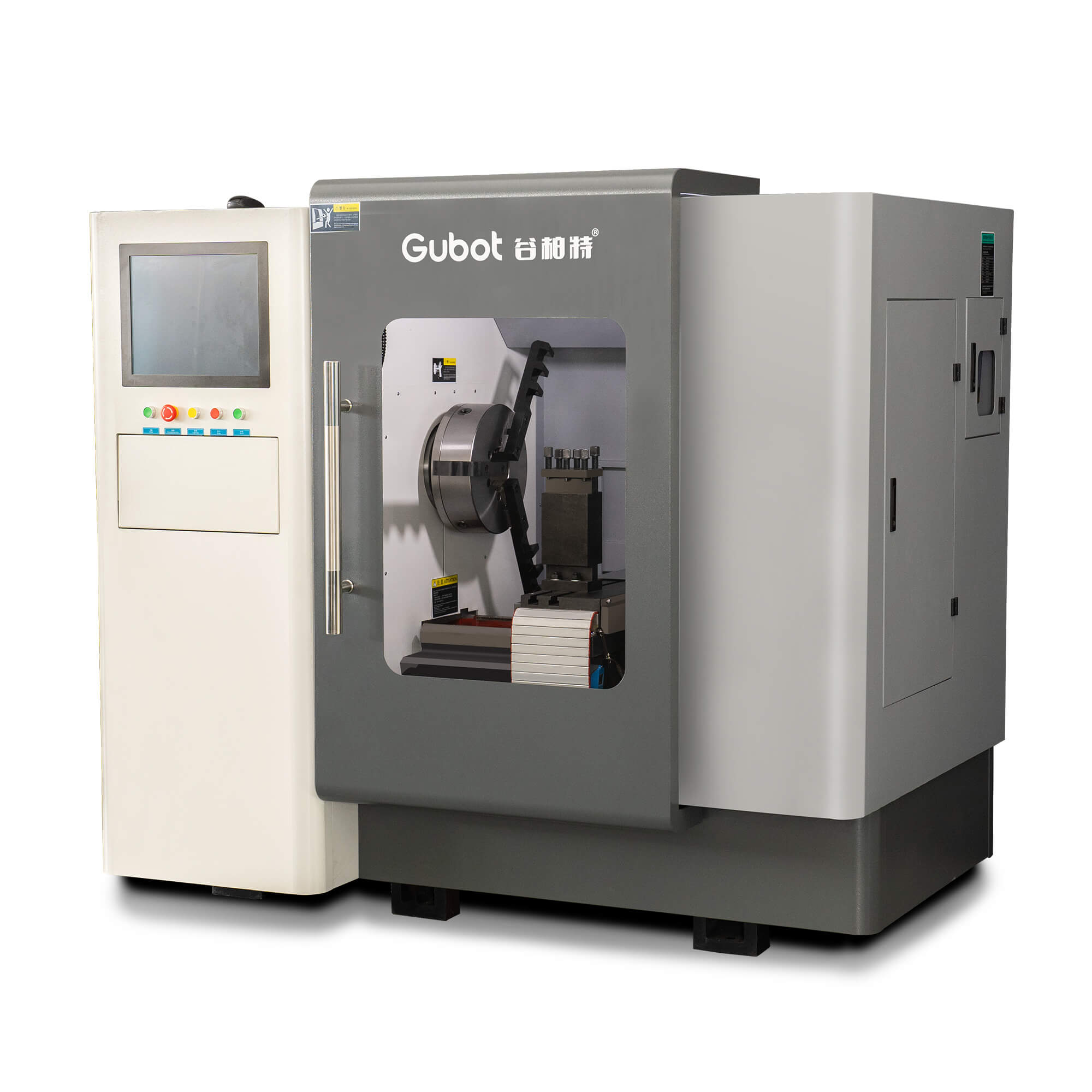
The construction of logistics and warehousing system requires a large amount of hardware investment, and it also needs to be equipped with corresponding information systems and management personnel. It may not be able to generate returns in the short term. Many traditional dealers face the situation of advancement and retreat. The customer requirements are constantly getting higher, and the management difficulty is “multiple, fast, good, and provincial”. It is the core requirement of the end-customer for the upstream dealers. However, the satisfaction of the dealers to the customer requirements is to balance various factors. The dealers also hope to develop a multi-category product line and increase the sKU of the inventory goods, but this increases the dealer's investment, increases the management difficulty, and increases the business risk; improves the timeliness of the distribution, requires the dealer to store On the premise of ensuring product quality, dealers need to find more upstream suppliers to lower the price of upstream suppliers through various means; while saving their own operating costs, they must also consider How to help end customers save money.






